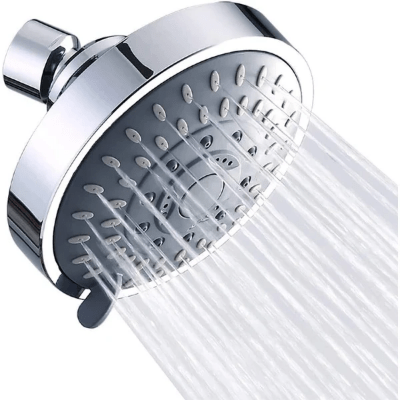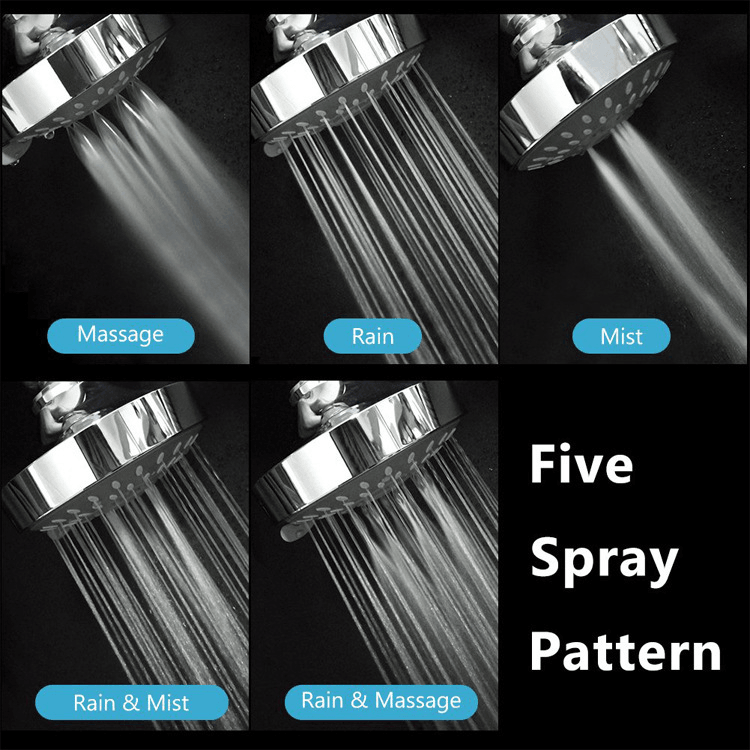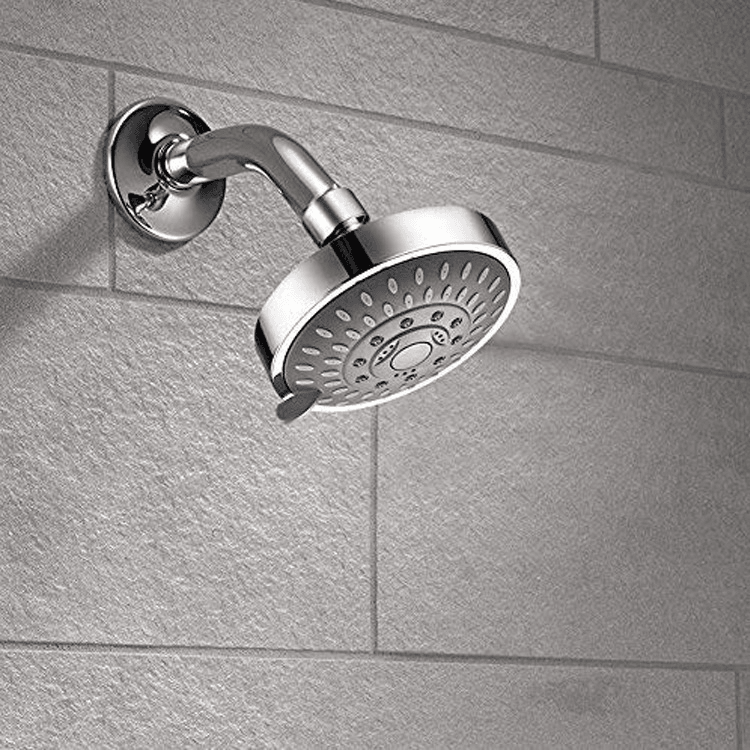How can shower equipment manufacturers improve water utilization efficiency through product design?
Shower equipment manufacturers can improve water use efficiency through the following product design strategies:
Water-Saving Shower Heads: Design and produce shower heads with water-saving features, such as those with water-saving nozzles, that reduce water flow without sacrificing the showering experience. Utilizing air-mixing technology, air is injected into the water flow to reduce the amount of water required while maintaining adequate water pressure and shower feel.
Intelligent control system: Develop shower equipment with intelligent control systems, such as shower systems with automatic shut-off functions, which can automatically shut down after the user leaves or reaches a preset water volume, thereby avoiding unnecessary waste of water resources.
Flow regulator: Integrating a flow regulator into the shower system allows users to adjust the water flow as needed, which can not only meet different shower needs, but also reduce the waste of water resources.
Sensing shower system: Using sensing technology, a shower system is designed that will only be activated when the user is in the shower area, thus avoiding the waste of water when no one is using it.
Recycling of water resources: Consider the recycling of water resources when designing a shower system. For example, collecting wastewater from the shower process for filtering and treatment and used for flushing toilets or irrigating plants.
User feedback mechanism: Incorporate user feedback mechanisms into product design, such as LED indicators or other visual cues, to inform users of the current water flow and usage time, and encourage users to save water.
Education and Guidance: Provide user instruction manuals or apps that educate consumers on how to use shower equipment more efficiently, including water conservation tips and best practices.
Durability and Maintenance: Design easy-to-maintain and durable shower equipment to reduce water waste caused by equipment damage. For example, use high-quality materials and seals to prevent leaks.
Modular design: Using modular design, the shower equipment can be adjusted and upgraded according to the needs of different users, thereby improving the overall water resource utilization efficiency.
Environmentally friendly materials: Use environmentally friendly materials in product design and manufacturing processes to reduce environmental impact and improve product sustainability.
Through these design strategies, shower manufacturers can not only improve the water use efficiency of their products, but also meet the needs of growing environmentally conscious consumers while contributing to global water conservation.







